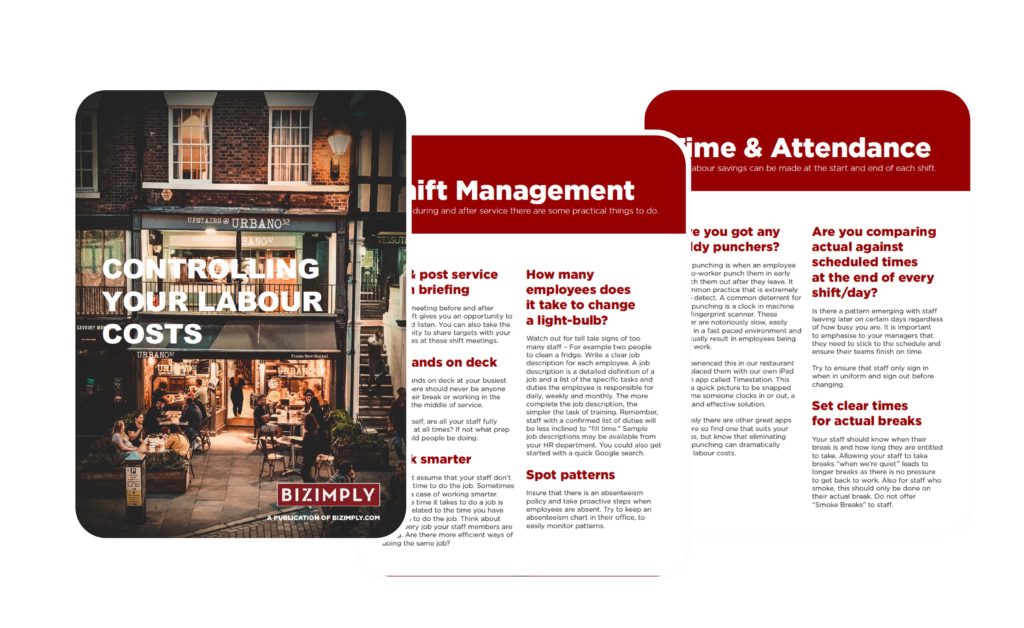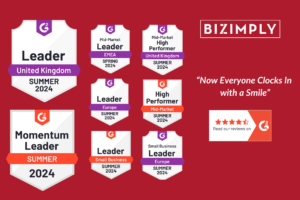Workforce management is a critical component of any successful real estate organisation. It involves overseeing the activities and performance of employees to ensure that they are aligned with the overall goals and objectives of the company.
Effective workforce management can drive real estate success by improving employee productivity, reducing turnover rates, and enhancing customer satisfaction.
By properly managing and motivating employees, real estate companies can create a positive workplace culture that leads to increased employee engagement, reduced absenteeism, and improved overall business performance.

Thus, the importance of workforce management in driving real estate success cannot be overstated.
Today, we are going to discuss the importance of workforce management and why it plays a vital role in driving real estate success.
In today’s competitive real estate market, the need to drive results and see a positive return on investment has never been so important.
That’s why we need to move beyond traditional business practices and leverage modern workforce management technologies to streamline the sales process, simplify our contract management practices, and make strategic decisions that are evidence-based.
Improve Customer Service
With the right workforce management software in place, you can empower your sales team to deliver a better customer experience.
By using a system that allows you to quickly and easily manage your sales pipeline, you can drive more revenue from every transaction by ensuring that each customer receives the attention they deserve.
You can also use workforce management technology to create more personalised customer experiences, which is very important if you are in an industry like real estate and moving business.
By tracking the time sales reps spend on each customer, you can identify trends and opportunities for improvement, such as which customers are receiving less attention than others or how much time is spent on each stage of the sales process.
You can then use this data to improve your customer service operations by training your reps in new ways of interacting with customers that drive better outcomes.
Increase Profitability
Increased profitability is a direct result of effective workforce management in the real estate industry.
By improving employee productivity, real estate companies can handle more transactions and projects, leading to increased revenue.
In addition, reducing turnover rates and absenteeism through workforce management can save a company money on training and recruitment costs, contributing to higher profit margins.

Additionally, satisfied employees tend to provide better customer service, which can result in increased customer loyalty and repeat business, leading to higher overall profits.
With a positive workplace culture fostered by effective workforce management, your real estate business can attract top talent, further boosting the company’s performance and profitability.
Prevent Unnecessary Overtime
Overtime is not only a drain on your employees’ time and productivity, but it can also be costly for your business. You may need to hire additional staff or pay overtime rates if you don’t have the right number of employees on board.
Effective workforce management allows you to predict staffing needs more accurately, which can help reduce overtime costs by as much as 10 percent for some businesses.
By managing the workload of your employees, you can prevent the need for mandatory overtime. With fewer hours worked each week, employees are more likely to be refreshed and ready for work on Monday mornings, which can boost morale as well as productivity levels.
Optimise Employee Training
Employee training is one of the best ways to reduce overtime costs. By introducing new processes and procedures, you can reduce the need for employees to learn on the job. If you want to optimize employee training, here are some tips:
- Develop a clear process map that shows how tasks are performed
- Have managers regularly walk through their departments and observe employees at work
- Ask employees what they think could be done differently or better
The key to optimizing employee training is to make sure that workers have the skills and knowledge they need to perform their jobs. By investing in training, you can improve productivity and reduce turnover rates, which saves money over time. For example, one study found that real estate companies and businesses offering moving services that invested in employee training saw a return of $2.50 for every dollar spent on it.
Given the increasing complexity and demands of real estate projects, the new technologies and workflows that drive them need to be expertly tailored to fit those needs.
Relying on tired, manual management techniques will only drive potential clients away from your business. If you want to build trust, extend your brand reach, and grow a successful business, you can’t afford to wait any longer.
Put your workforce management practices under the microscope today so you can start improving your business tomorrow.









